Strawberry cultivation is fast gaining popularity in India, particularly in the Vindhya region of Madhya Pradesh, where farmers’ enthusiasm is clearly visible across the fields. This luscious fruit isn’t just a source of income; it’s opening up new market opportunities and livelihood options for cultivators. Yet, planting strawberries alone doesn’t guarantee success. To achieve a healthy and abundant yield, farmers need the right knowledge, timing, and technology.
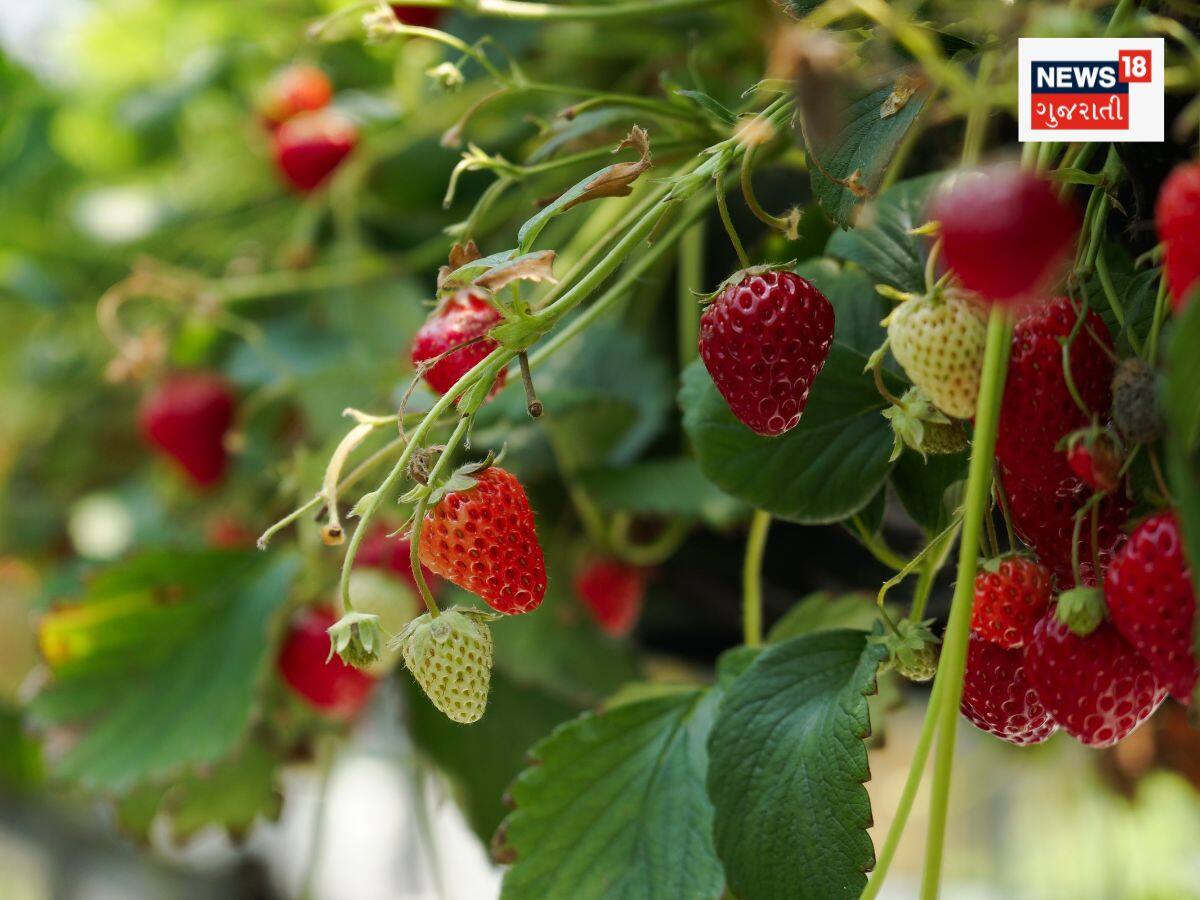
What cultivation techniques can help farmers increase strawberry yields and earnings? Which varieties offer the best returns? What precautions are necessary for healthy crops? And when is the ideal time for cultivation? Let’s explore the answers.
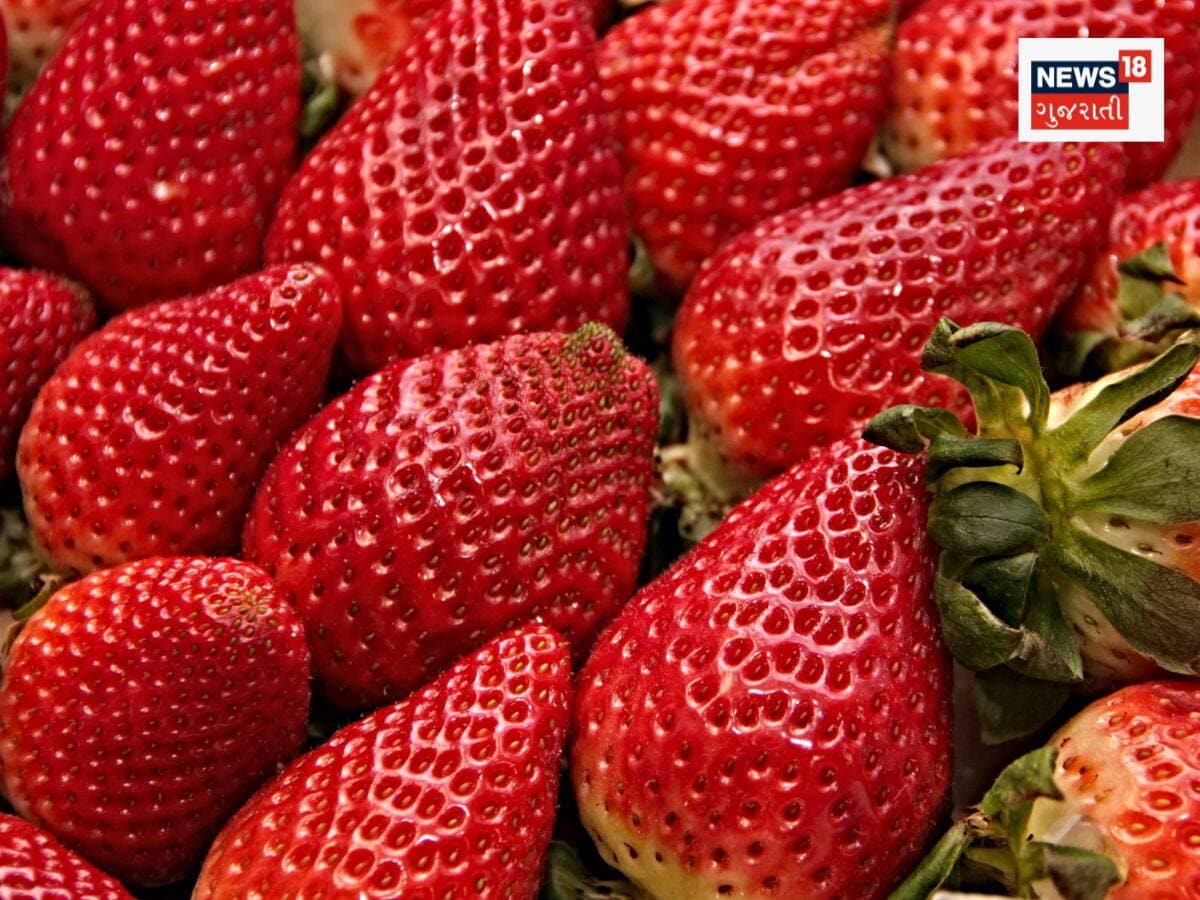
According to Dr R.P. Joshi, Principal of Rewa Agricultural College, MP, the cold season is ideal for strawberry cultivation. Both the hilly and plain regions of Rewa provide suitable conditions, while its forested areas offer additional opportunities for large-scale production and impressive yields.
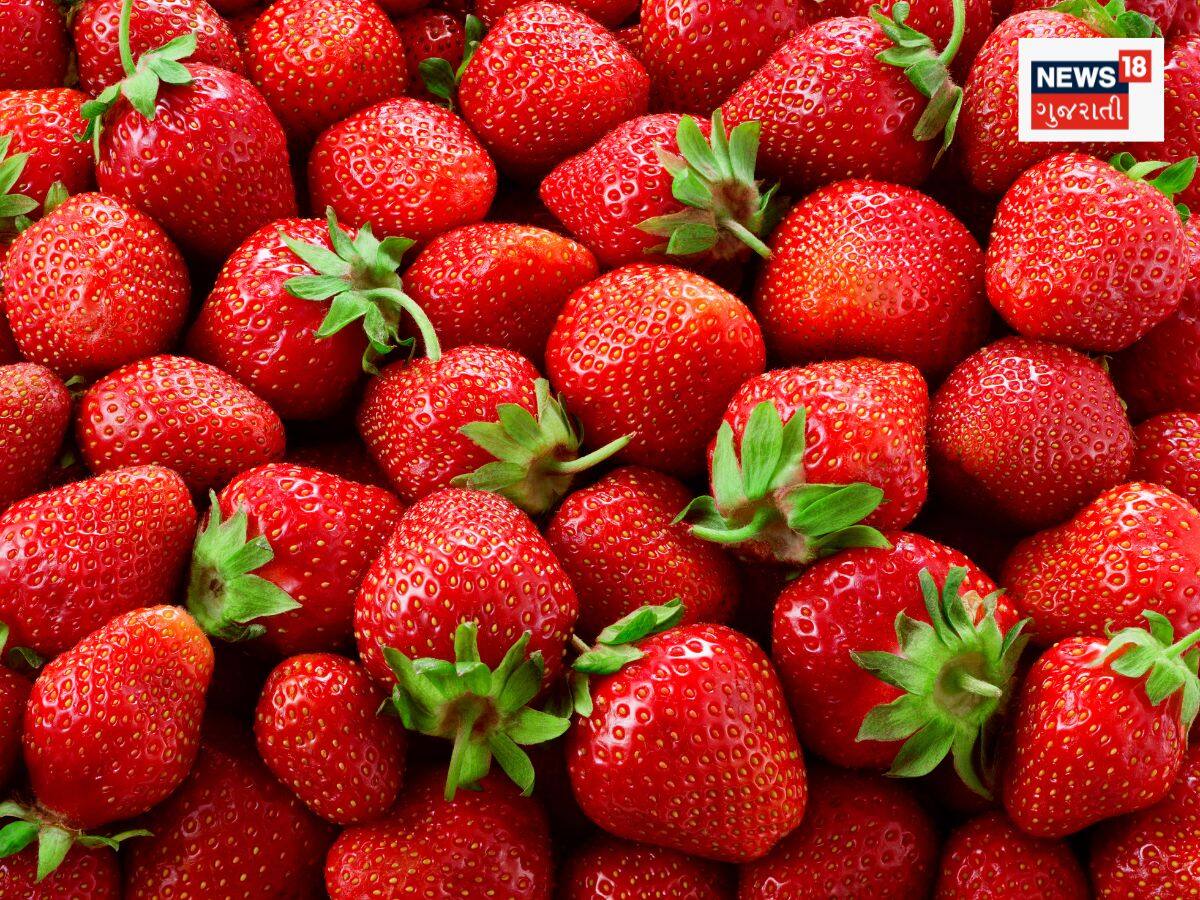
Farmers who procure strawberry plants by October can begin cultivation between November and March, which often brings excellent income. Some of the most profitable and high-yielding varieties include Winter Dawn, Camarosa, Sweet Charlie, and Nabila, all well-suited to the climate of Madhya Pradesh.

When planting, farmers should prepare raised beds and use plastic mulch or drip irrigation systems. Strawberry plants can also be propagated using runners. Proper spacing is essential, maintaining 40 cm between plants and 40 cm between rows ensures healthy growth and easier management. (Local18)
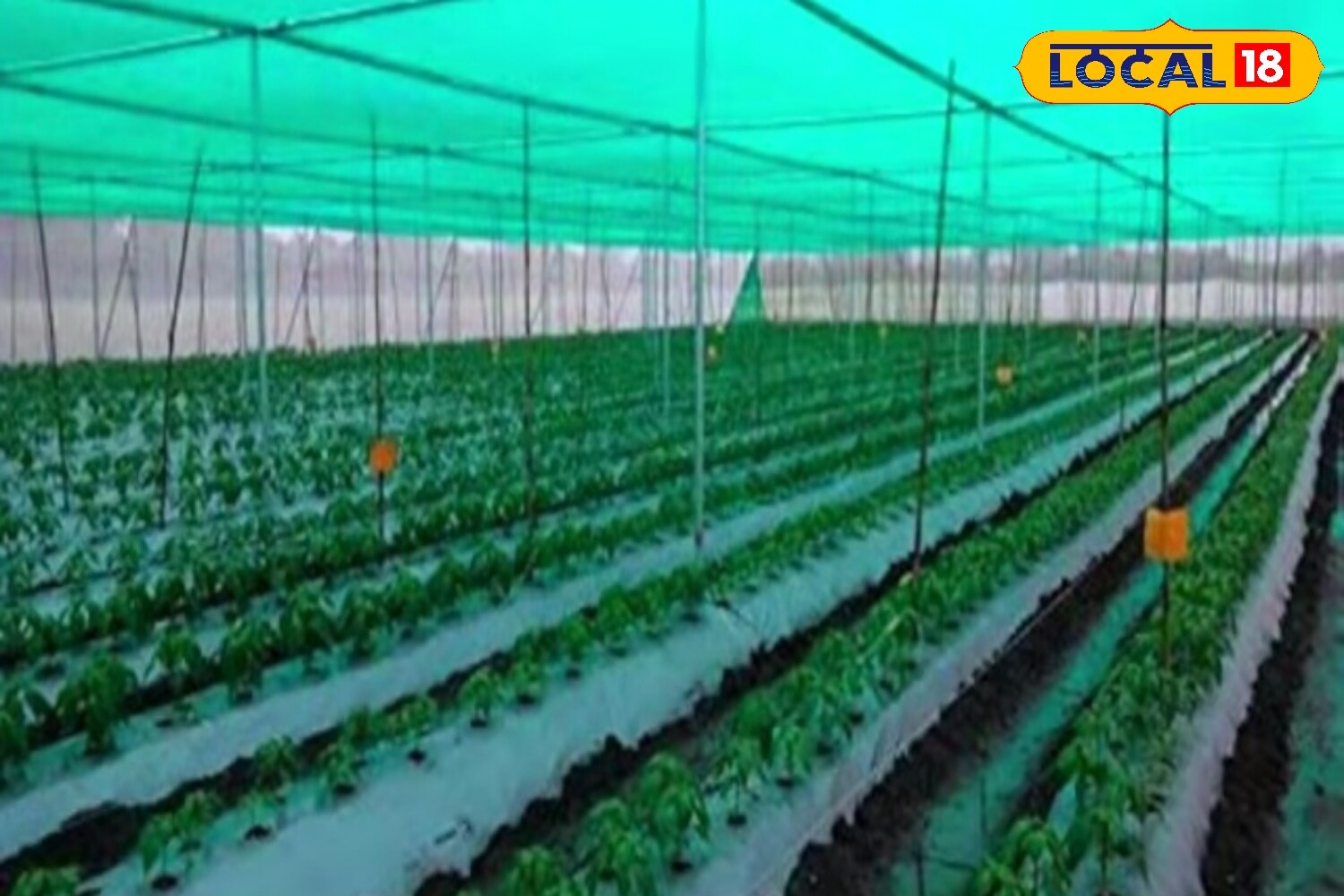
For optimum yield, balanced soluble fertiliser and adequate watering are key. Under good management, strawberries begin flowering within 45-50 days, and farmers can expect the first harvest within 80-90 days. Each plantation can yield six to seven harvests, with the first fruits being larger in size. (Local18)
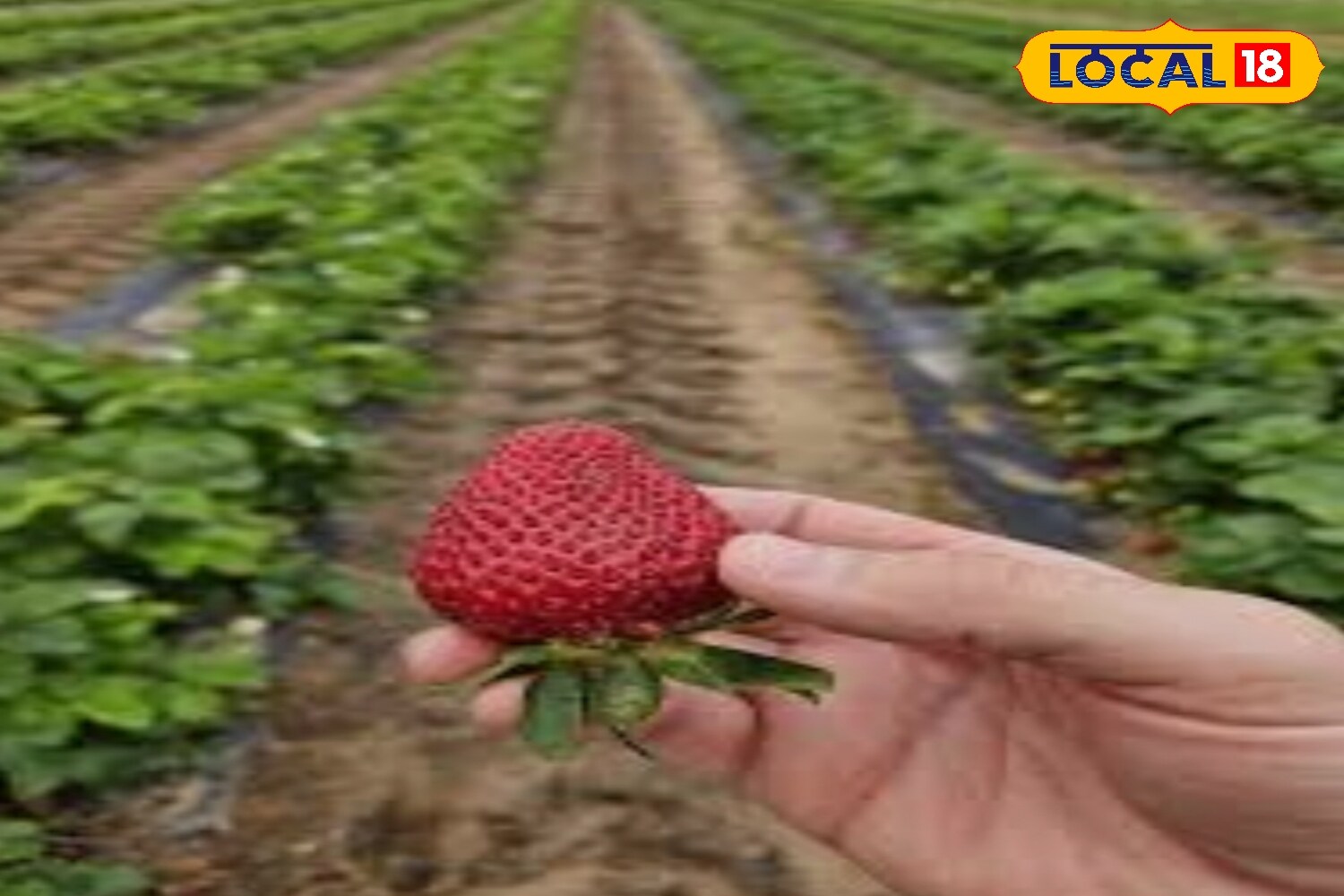
Applying fertiliser immediately after the first harvest helps sustain fruit quality. However, farmers must stay alert to fungal diseases, which can affect leaves and reduce productivity. Periodic application of fungicides helps prevent infections. (Local18)
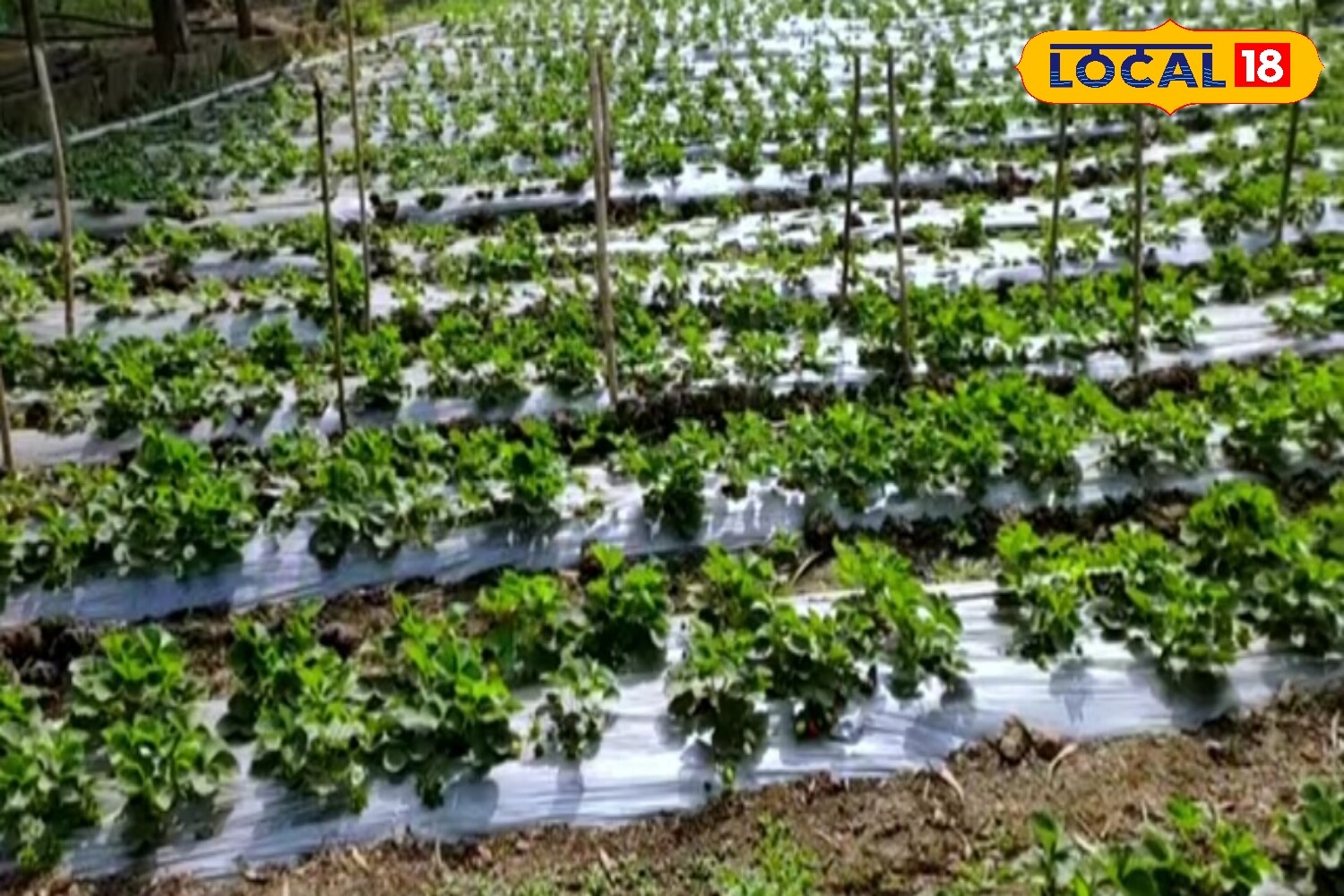
Importance of Mulching: As temperatures drop, maintaining soil moisture and protecting plants from cold stress becomes a challenge. This is where mulching proves highly effective. Mulching helps conserve moisture, control weeds, and regulate soil temperature, keeping the fruit clean and disease-free by preventing direct contact with the soil. (Local18)
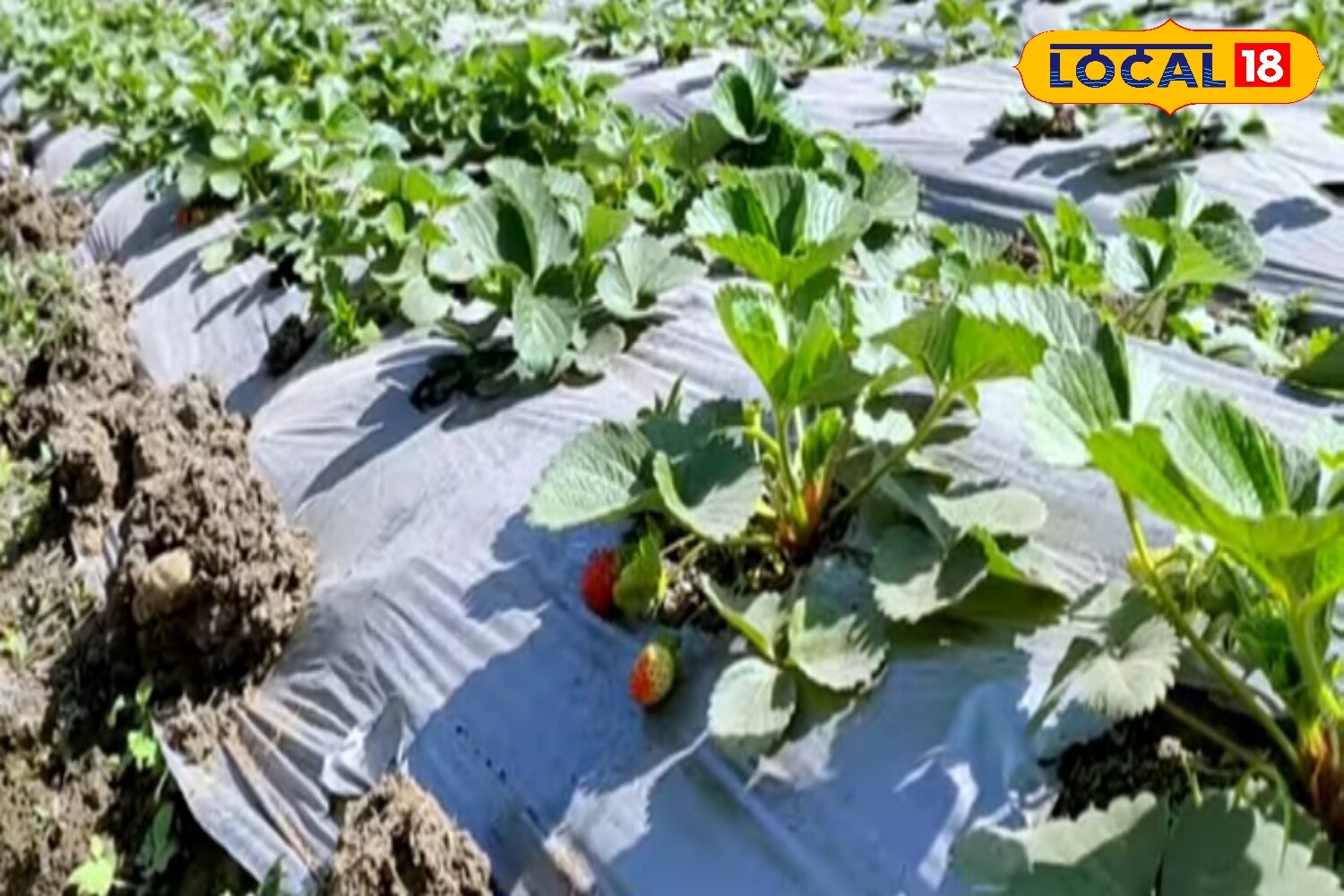
Farmers can easily prepare mulch using rice husk, dried leaves, wood chips, compost, or even straw. Among these, straw or dry grass, especially from wheat residue, is considered the best indigenous mulch. It not only protects the plants from frost and pests but also enriches soil fertility. (Local18)
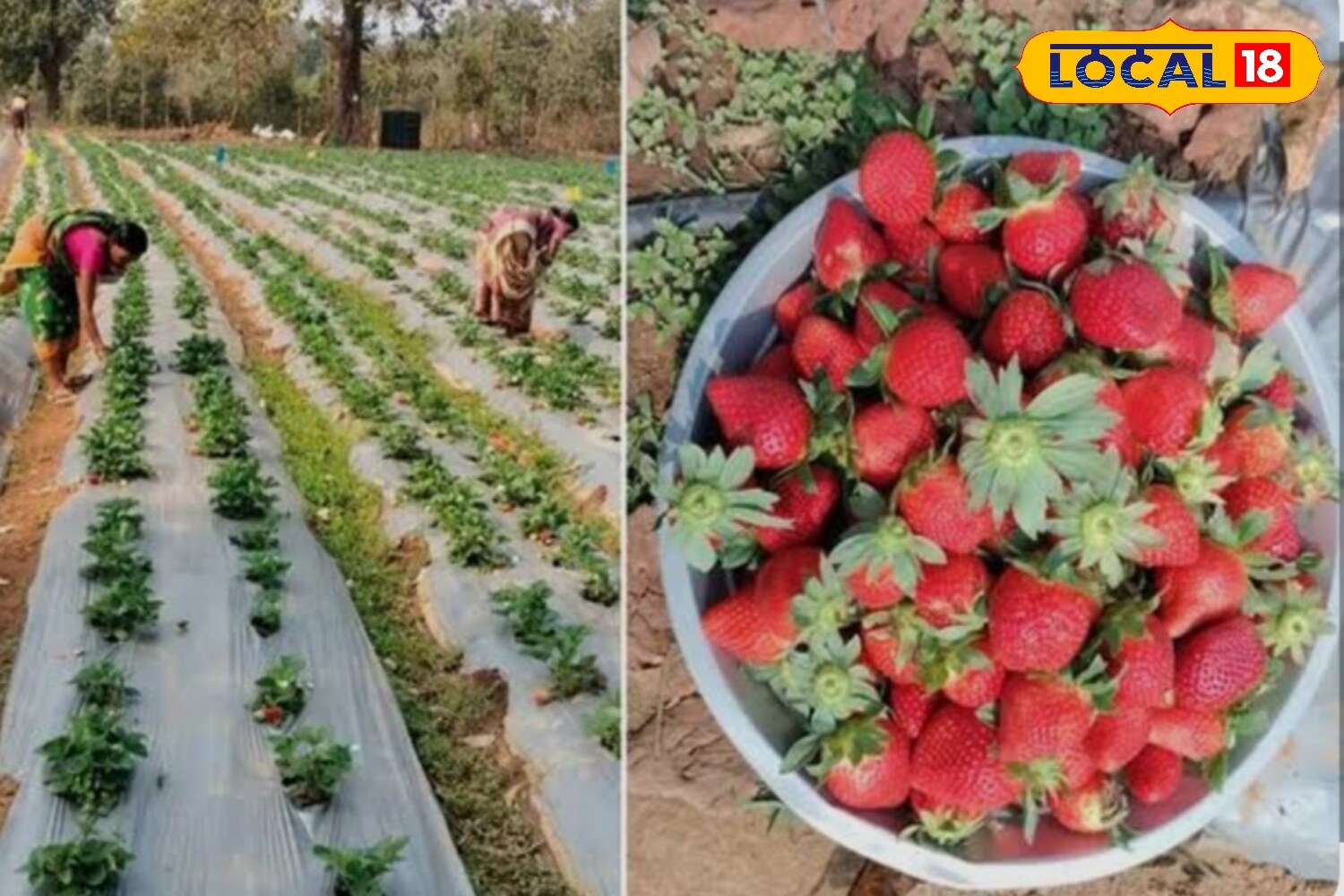
In early winter, when temperatures drop to around 20°F (-6.6°C), a loose layer of straw should be spread around the plants. Once the plants sprout new leaves, the mulch must be gradually removed; neither too early nor too late, to avoid plant damage. Studies and field experiences show that mulching can increase strawberry yields by 20% – 30%, all while keeping costs low. Straw mulch, in particular, is an affordable and environmentally friendly method that helps farmers protect their crops and boost profits. (Local18)
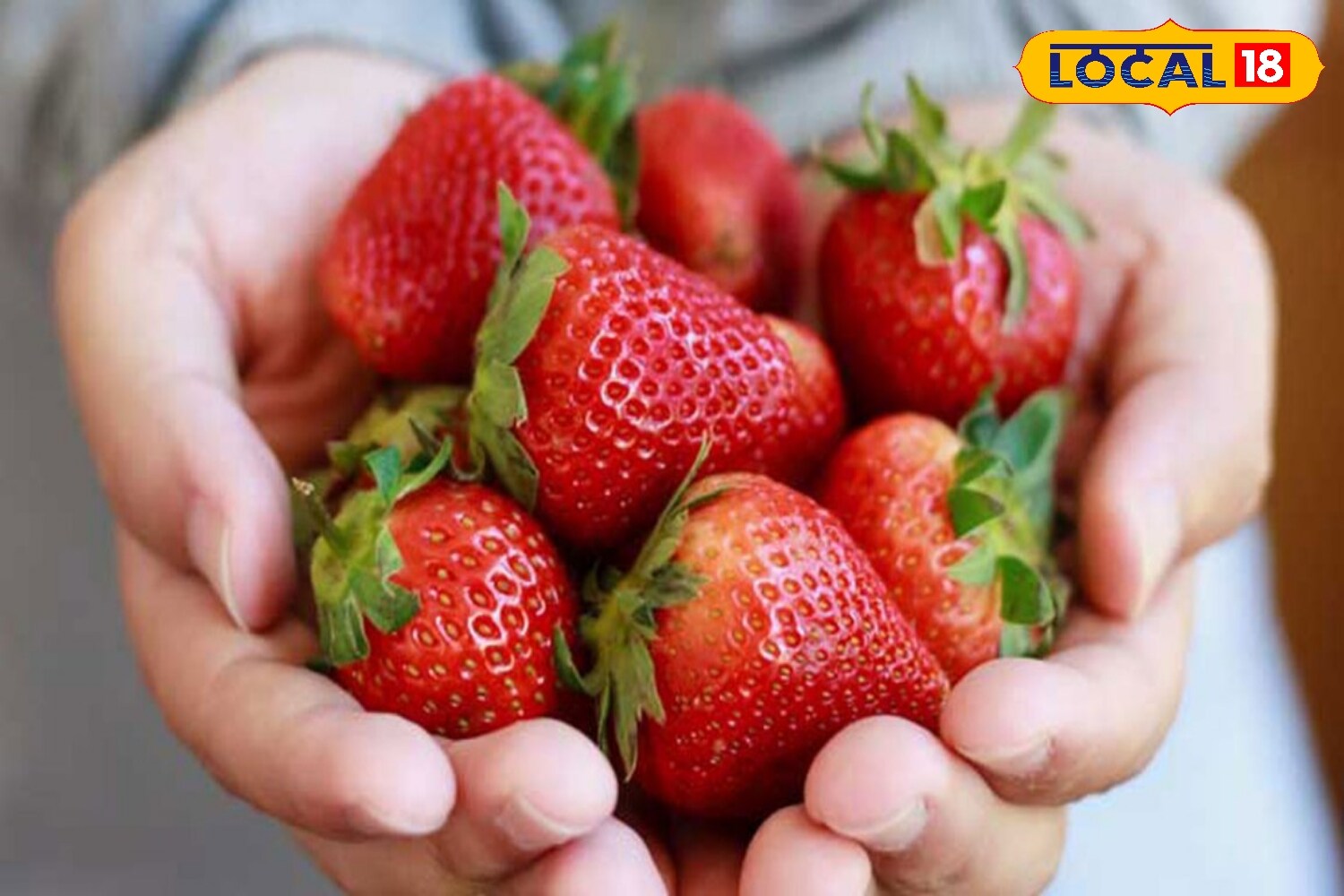
Strawberry farming is rapidly gaining popularity across India, and the enthusiasm among farmers in Madhya Pradesh is especially noticeable. Beyond being a profitable crop, strawberries also open doors to new market opportunities, turning once seasonal fields into year-round sources of income. (Local18)


